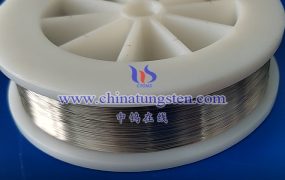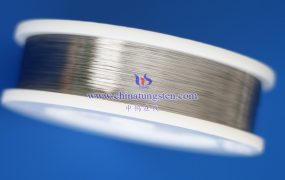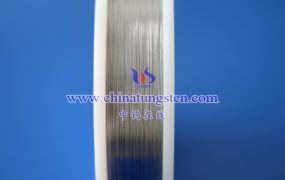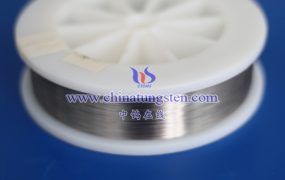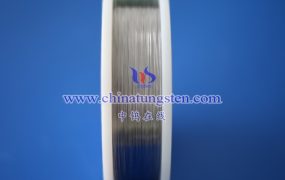The fixing method of tungsten wire has a significant impact on the performance of the bulb, which is mainly reflected in the following aspects:
- Impact on the stability of the bulb
Fixed firmness:
A firm fixing method can ensure that the tungsten wire remains stable inside the bulb and is not easy to loosen or break due to vibration or external force.
Loose tungsten wire may cause circuit interruption, making the bulb unable to work properly.
Seismic resistance:
Different fixing methods have different effects on seismic resistance. For example, tungsten wires fixed by brackets or wire mesh may be more likely to loosen when impacted by external forces.
A more stable fixing method such as a ceramic base can better resist external impacts and maintain the stability of the bulb.
- Impact on the light transmittance of the bulb
Blocking problem:
Some fixing methods (such as wire mesh) may block part of the light, affecting the light transmittance and lighting effect of the bulb.
Choosing a fixing method with better light transmittance (such as a ceramic base) can reduce the blockage of light and improve the lighting quality of the bulb.
Light uniformity:
The fixing method of tungsten wires may also affect the uniformity of light. For example, a bent and clamped tungsten wire can make the light more evenly emitted and improve the lighting effect.
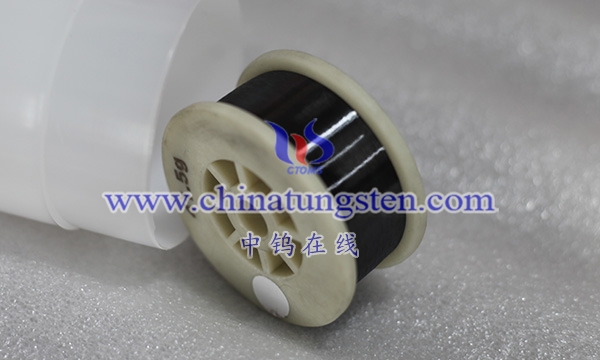
- Impact on the life of the bulb
Thermal stress problem:
Tungsten wires will generate high temperatures during operation. Improper fixing methods may cause excessive thermal stress on the tungsten wires, thereby accelerating their aging and breakage.
Reasonable fixing methods should be able to reduce the impact of thermal stress and extend the life of tungsten wires and bulbs.
Oxidation problem:
Tungsten wires are prone to oxidation reactions with residual air at high temperatures, generating tungsten oxide and condensing on the inner wall of the bulb, affecting the performance and life of the bulb.
The use of gas-filled bulbs or dipping in red phosphorus can reduce the oxidation of tungsten wires by air, but the fixing method should also consider how to better protect the tungsten wire from oxidation damage.
- Impact on manufacturing cost and complexity
Manufacturing cost:
Different fixing methods have different manufacturing costs. For example, high-end fixing methods such as ceramic holders may cost more, but can provide better performance and stability.
Manufacturing complexity:
Some fixing methods (such as bending and clamping tungsten wires) may require higher manufacturing precision and complexity, thereby increasing production costs and time.
In summary, the fixing method of tungsten wires has a multi-faceted impact on the performance of the bulb. When choosing a fixing method, it is necessary to comprehensively consider factors such as the stability, light transmittance, life of the bulb, and manufacturing cost and complexity to achieve the best performance and economic benefits.
Common tungsten wire fixing methods and their characteristics are as follows:
Wire mesh fixing: simple and easy, but may affect light transmittance and shock resistance.
Ceramic base fixation: high temperature resistance, good insulation performance, little effect on light, and can better protect the tungsten wire.
Metal clamp fixation: suitable for high-power bulbs, can resist the influence of thermal expansion and contraction, and maintain the stability of the tungsten wire.
Standard fixation: The tungsten wire is fixed by the design of the bracket, which can effectively maintain the stable position of the tungsten wire and extend the service life of the bulb, but it may increase the manufacturing cost.
More details of tungsten wires, please visit website: http://tungsten.com.cn/tungsten-wires.html
Please contact CHINATUNGSTEN for inquiry and order of tungsten needles:
Email: sales@chinatungsten.com
Tel.: +86 592 5129595

